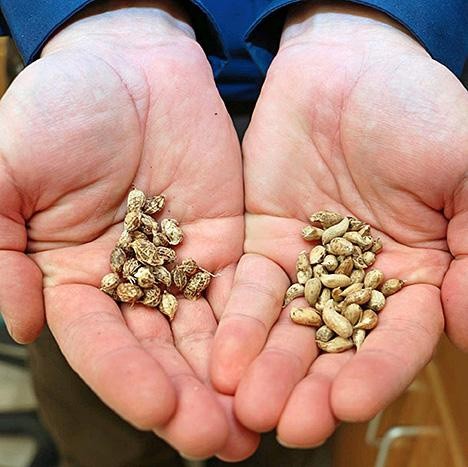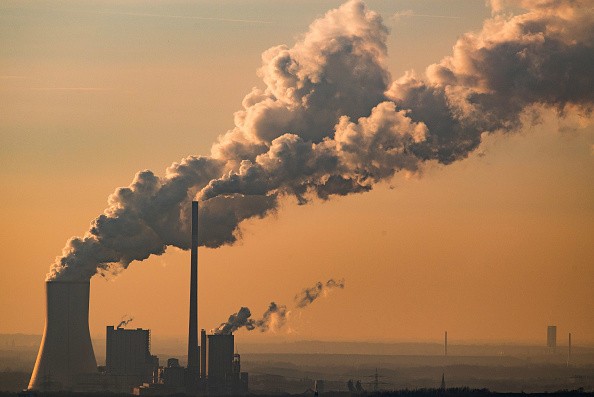Chevron has disclosed that it is investigating using peanuts as a renewable fuel source in partnership with Texas A&M AgriLife. According to the business, the partnership will boost Chevron's efforts to increase its renewable fuel production capacity to 100,000 barrels per day by 2030 while fostering new economic opportunities for Texas farmers.

Interest in Peanuts
Chevron said that a typical crop requires 27 inches of moisture from irrigation and rain to yield around 5,000 pounds per acre of high-quality nuts, stating that peanuts "tend to be thirsty." The company said that one goal of the collaboration's study is to create peanuts with more oil that can survive in dry conditions. It also stated that AgriLife wants to make a "diesel nut" that "can be more easily quenched."
According to Chevron, if the experiment is successful, it might restart production in places that once produced peanuts but ran out of water. According to AgriLife Research, Texas has around 20% of the US peanut crop, making it the second-largest peanut-producing state in the US.
With High Confidence
According to Cliff Lamb, director of Texas A&M AgriLife Research, "we are confident that these new peanut cultivars will offer producers a profitable dryland or low irrigation crop option."

"The Texas Peanut Producers Board is excited to support the "diesel nut" project and considers it as one additional tool for farmers in Texas," said Shelly Nutt, executive director of the Texas Peanut Producers Board.
According to Nutt, "peanut producers have long understood the significance of using peanuts not merely as a revenue crop but also as a commodity that gives nutrients to the soil to create a sustainable production system."
Chevron's New Energies organization, dedicated to creating low-carbon solutions and accessible, dependable, and continually cleaner energy, recently celebrated its first birthday.
According to a statement released by Jeff Gustavson, vice president in charge of Chevron New Energies, "during the last year, we've made remarkable work to accelerate and deploy scalable lower carbon solutions."
In the statement, he also said, "I'm proud of the way the New Energies team is working together to develop the energy system of tomorrow.
Race to Sustainable Energy

Chevron highlighted its collaboration with Talos and Carbonvert to create the Bayou Bend Carbon Capture and Sequestration (CCS) hub, a carbon capture, and storage project in California's San Joaquin Valley, a partnership with Restore the Earth Foundation to reforest land in southeast Louisiana, geothermal projects across the globe, and a deal with Iwatani Corporation to construct up to 30 hydrogen fueling stations as some of the company's renewable energy highlights from the previous year.
The global endeavor to attain net zero by 2050 is driving a seismic upheaval that will ultimately alter future society and corporate practices. The yearly investment in the energy transition exceeded $500 billion for the first time in 2020. Growing interest and action in a net-zero society have served as the foundation for this financial shift away from fossil fuels and toward sustainable energy. And we think it's only just beginning.
For more news update about Environmental Action, don't forget to follow Nature World News!
© 2025 NatureWorldNews.com All rights reserved. Do not reproduce without permission.





